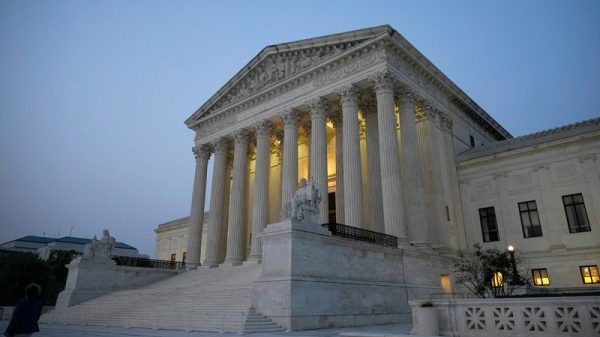In a recent development in the world of branding and trademarks, a dispute has emerged over golf legend Tiger Woods’ new logo. The logo in question, designed for Woods’ upcoming innovative line of golf apparel, has come under scrutiny for its similarity to an existing trademark held by a lesser-known brand. As legal battles loom and opinions clash, the intricacies of trademark law and the complex issues surrounding branding take center stage.
The controversy hinges on the striking resemblance that Woods’ new logo bears to the existing trademark held by a smaller company named Wild Tiger Tees. Known for their unique designs and quality products, Wild Tiger Tees has captured a segment of the market with their distinctive logo featuring a stylized tiger head. The logo has become synonymous with the brand and stands as a symbol of the company’s identity and values.
Upon unveiling Woods’ new logo, fans and industry experts were quick to note the uncanny similarity to the trademark held by Wild Tiger Tees. The design, featuring a minimalist depiction of a tiger’s head in profile, raised concerns about potential confusion in the marketplace. As both logos share elements such as the tiger motif and overall composition, questions of infringement and brand dilution have arisen.
Trademark law, a complex area of legal practice, plays a crucial role in resolving disputes of this nature. While Woods’ team has asserted that the logo was independently developed and does not infringe upon any existing trademarks, Wild Tiger Tees has raised valid concerns about the potential for consumer confusion. The crux of the matter lies in the likelihood of consumer confusion – whether the similarity between the two logos is significant enough to create confusion in the marketplace.
Beyond legal considerations, the dispute also touches upon broader issues of branding and identity. A logo is more than just a symbol; it represents a brand’s values, mission, and reputation. In the competitive world of apparel and sports branding, a logo can make or break a brand’s success. For Woods, a global icon with a massive following, the stakes are high as he seeks to expand his reach into the world of fashion and lifestyle products.
As the dispute unfolds, industry observers and legal experts will be closely watching the proceedings. The outcome of this case could set a precedent for how similar disputes are resolved in the future and shed light on the complexities of trademark law in the age of global branding. Ultimately, the case serves as a reminder of the importance of originality, creativity, and due diligence in the world of branding – a world where every detail, from a logo design to a brand name, can make a significant impact on a company’s success.


































